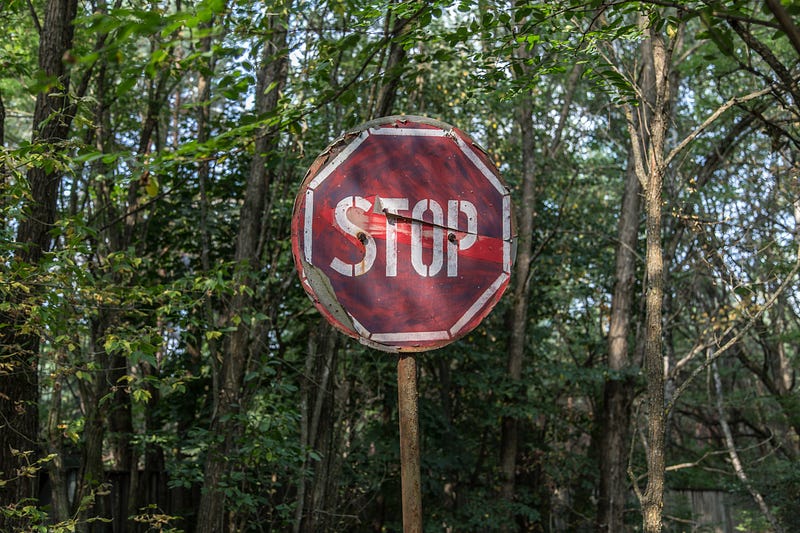Understanding the Risks of Nuclear Defense at Zaporizhzhia Plant
Written on
Chapter 1: The Situation in Ukraine
Recent developments indicate that Russian military personnel have begun establishing defensive positions at the Zaporizhzhia Nuclear Power Plant. This move raises numerous concerns about the implications of housing armed forces at such a sensitive site.
It appears that President Putin initially believed his troops would swiftly capture Ukraine, but this expectation has not materialized. Russian forces have failed in various regions across Ukraine.
The occupation of Crimea stands out as a significant event, highlighting the inadequacy of Ukrainian defenses there. Despite its large area, the Ukrainian military was ill-equipped to protect such a critical region, especially with its maritime boundaries making it vulnerable to Russian naval capabilities.
Observations from the battlefield suggest that Russian military intelligence may be lacking, or their strategic execution is questionable. For instance, reports have surfaced indicating that some Russian tank operators struggle to maneuver their vehicles effectively. This inefficiency is underscored by the substantial losses of tanks and other military equipment sustained in the conflict. Additionally, the Russian military has faced significant setbacks, including the loss of aircraft and the naval cruiser "Moskva," which sank in the Black Sea.
There have been incidents of Russian helicopters colliding with power lines, further illustrating a troubling lack of proficiency among their forces. The notion that they could lose a billion-dollar warship to unknown Ukrainian missiles only emphasizes their inadequate training and preparedness.
As Russian troops bolster their presence at Zaporizhzhia, the largest nuclear power facility in Ukraine, this development raises eyebrows. It seems reckless to position military forces near a site that could be susceptible to catastrophic incidents resulting from combat.
On the one hand, it appears that the Russian military may not fully grasp the potential dangers of defending a nuclear facility. On the other hand, they may be unable to act differently due to strict orders from their superiors.
Although the nuclear plant has been reinforced to withstand certain emergencies, it is essential to acknowledge that no nuclear facility can be entirely safeguarded from missile or artillery attacks.
Furthermore, the Russian occupation of key areas in Zaporizhzhia during the early stages of the conflict forced Ukrainian forces to retreat due to overwhelming opposition. Presently, there are indications that Ukraine might launch a counteroffensive aimed at reclaiming control over Zaporizhzhia.
Given the apparent lack of tactical acumen among Russian soldiers, it seems unwise to entrust the protection of a nuclear power station to their oversight.

Chapter 2: The Implications of Nuclear Defense
The first video titled "URGENT: Zaporizhzhia Nuclear Plant Burning as Ukraine Invades Russia" explores the critical situation at the nuclear facility amid ongoing conflict, highlighting the potential dangers.
The second video, "Ukraine and Russia trade blame over fire at Zaporizhzhia nuclear plant | BBC News," discusses the conflicting narratives surrounding the incidents at the plant, emphasizing the urgent need for a resolution.
As the situation evolves, the world watches closely, and the risks associated with military actions near nuclear facilities continue to be a significant concern.